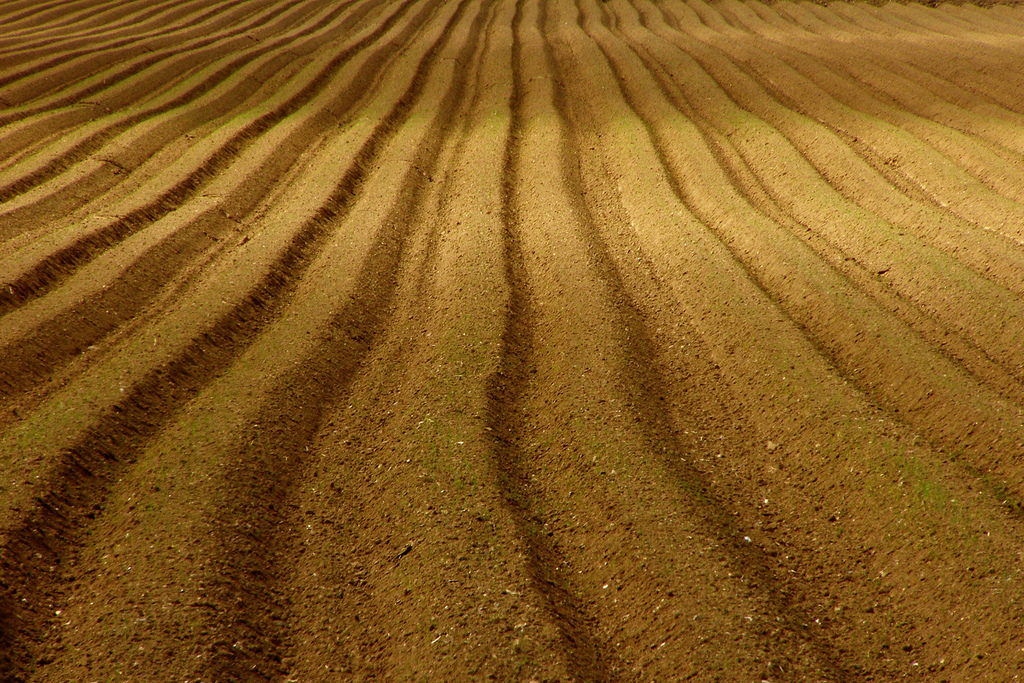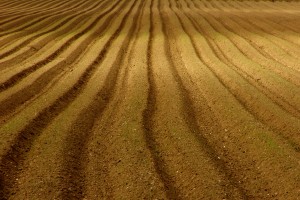Before I came to TCD, I spent my last six months at Lancaster University working with Dr Georgina Key on a systematic review of methods to make agricultural soils more resilient to threats like climate change, and erosion. What is a systematic review I hear you cry? Allow me to elaborate, and share some of our experiences from doing something slightly different.
A systematic review draws together and summarises the available scientific literature surrounding a particular topic or method. The Cochrane Collaboration, which produces systematic reviews in medicine and healthcare, defines such reviews as “a systematic, up-to-date summary of reliable evidence”. The aim of a systematic review is to provide the public, policy-makers and practitioners with a clear, unbiased picture of the latest, most reliable science on a certain practice, so that they can make informed decisions on how suitable that method is likely to be for them.
The goal of our systematic review was to produce a list of actions that could be used to improve the resilience of agricultural soils under pressure from a variety of threats. The first steps we took involved coming up with a list of key issues that would be important to manage agricultural soils in order to maintain sustainable food production in the future. We then took to the peer-reviewed literature, searching for experimentally tested solutions to the issues we’d identified, using a combination of journal trawls and keyword searches.
Journal trawls involved identifying relevant journals, like Soil Use and Management and Geoderma, then systematically searching all volumes of each journal for articles involving the issues we’d identified. Our keyword searches took a more targeted approach, using combinations of keywords to whittle down a selection of relevant articles. These approaches produced a large number of articles – far too many to summarise effectively in the time available – so we shortlisted them based on a number of criteria, foremost of which was ‘Has the action (e.g. non-inversion tillage) been tested using a robust, experimental design?’ We also filtered our keyword searches, carried out in ISI Web of Science, to the top 100 results, sorted by relevance.
Having eventually come up with a list of articles that tested the actions we’d identified, we set about summarising them. This was done according to a set template, using a specific style. This was initially restrictive, and difficult to adapt to – each article had to be summarised using specific vocabulary, within 200 words – but it ensured that the summaries would be understandable by people without a science background, and that the key message of the article wouldn’t be obscured by our own prejudices regarding the research.
Writing the summaries was the most time-consuming, but also one of the most rewarding, aspects of the project. By writing lots of summaries, we started to develop more of an understanding of how to write about science in a way that completely avoided jargon. This isn’t as easy as it sounds! But it is a vital skill for scientists to learn, in order to communicate their work to the public, and the people who will eventually turn it into policy. Having read lots of abstracts, those that stood out were the ones that communicated the message of the paper succinctly, in language that a non-expert could understand.
The article summaries and key messages from our short synopsis are now online– you can select an ‘action’, and read through the key messages, definitions, and all the evidence that we found and summarised for the use of that action, and its effects, in agriculture. I think there’s real value of having all this information collated together in one place, and communicated in an understandable way. Our soils synopsis is one of a number of synopses that you can browse through on the NERC Sustainable Food Knowledge Exchange Programme website.
Although it was only a short project, putting the synopsis together was a rewarding experience for both of us, particularly in terms of communication skills developed and networks joined. The synopsis that we produced is by no means the final product, and will need to be updated in the future to keep up with the amount of continual research in this area. The next step is to assess the synopsis, and its implicit recommendations, by asking experts and practitioners in the field how effective they think the research we covered would be, if it was implemented. This step should provide valuable feedback, helping to highlight any gaps in our synopsis, as well as improving future synopses.
Authors: Mike Whitfield and Georgina Key
About the authors
Mike Whitfield has a PhD in peatland carbon cycling from Lancaster University. Last year he helped to design and implement a long-term grassland biodiversity experiment in the Yorkshire Dales and worked with Georgina Key on the soil sustainability synopsis for six months, before moving to Dublin. Mike’s current postdoc at TCD focuses on modelling greenhouse gas emissions from agricultural land, with the aim of producing a map of estimated greenhouse gas emissions from soil for the whole of Ireland.
Twitter: @mgwhitfield
Georgina Key has a PhD in ecosystem service provision, specifically conservation pest control. Having completed her first postdoc at Manchester reviewing literature on maintaining soil fertility, she is currently doing an assessment of the literature in collaboration with Cambridge University and Waitrose. In the future she hopes to work with tea and coffee companies, implementing sustainable growing practices and improving rural livelihoods.
Email:georginakey[at]outlook.com
Twitter: @KeyGeorgina
Image credit: Treehouse1977 on Flickr


